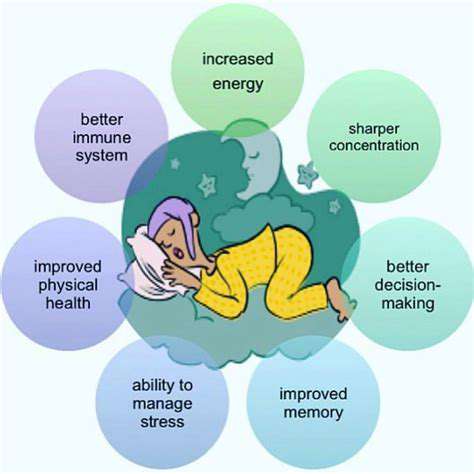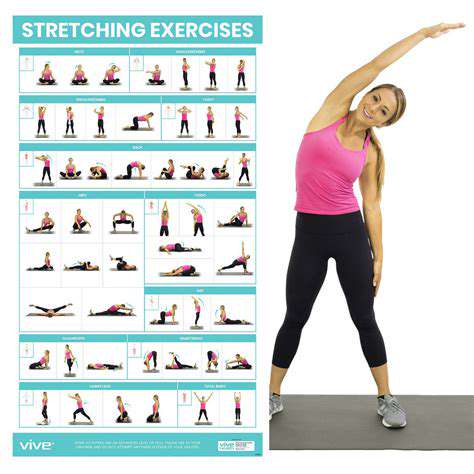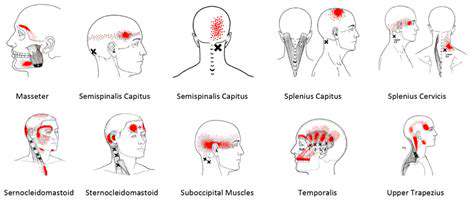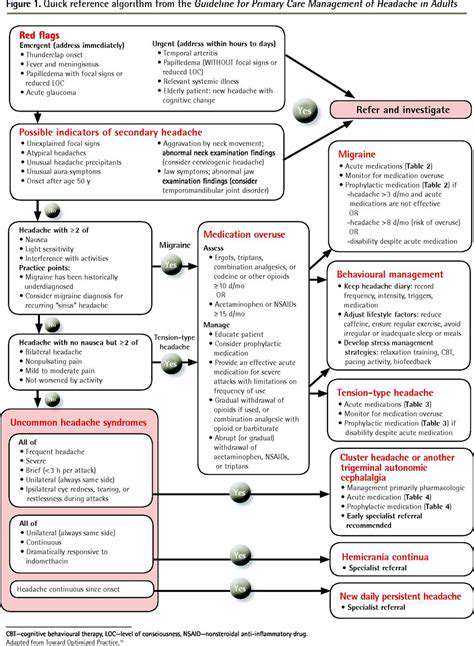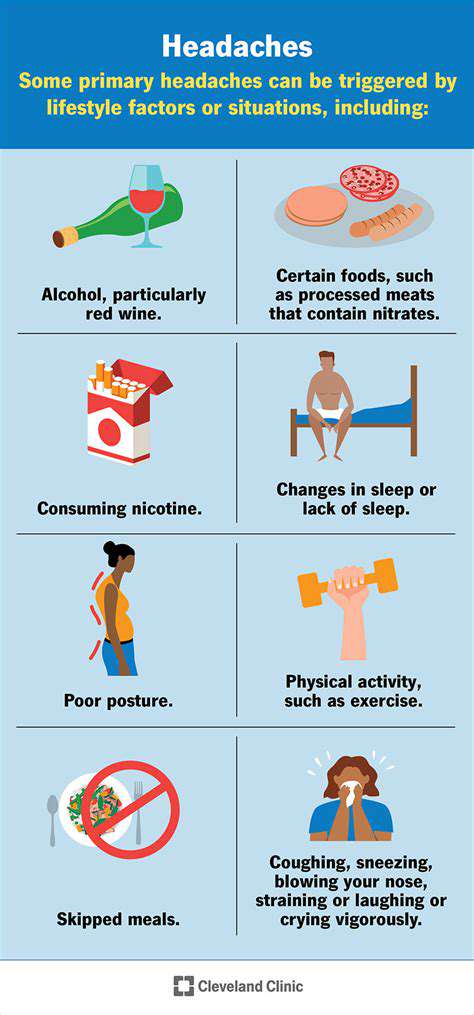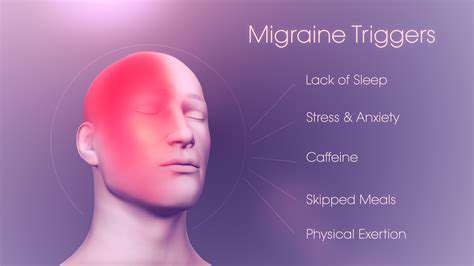Creating a Dark, Quiet Space for Migraine Relief
Dimming the Lights: The Power of Darkness
Understanding the Impact of Light
Many people don't realize how much light affects migraine sufferers. Bright or flickering lights can actually make migraine pain worse by irritating sensitive nerves. For those prone to migraines, even normal room lighting might trigger an attack. This makes controlling light exposure essential for creating a migraine-friendly space.
Controlling Light Intensity and Fluctuation
Soft lighting works best for migraine relief. Harsh overhead lights should be replaced with lamps using warm-colored bulbs. The key is avoiding sudden light changes - steady, gentle lighting helps prevent sensory overload that can lead to migraines.
Optimizing the Use of Shades and Curtains
Blackout curtains make excellent light blockers, especially during daytime. Adjustable window coverings let you control exactly how much light enters your space. This simple solution can dramatically reduce light-related migraine triggers.
The Importance of Darkness
Complete darkness offers the ultimate relief during migraine attacks. Eliminating all light input gives overstimulated nerves a chance to recover. Many sufferers keep a completely dark room available for when migraines strike.
Beyond Light: Considering Other Sensory Factors
While light matters most, other senses contribute too. Strong smells, loud noises, and even certain textures might trigger migraines. Creating a quiet, neutral space addresses all potential sensory triggers at once.
Practical Tips for Implementing Dark Spaces
Start by noticing which lights bother you most. Gradually replace problematic lighting with gentler alternatives. Consistency matters - maintaining your dark space daily makes it more effective over time.
Silencing the Noise: Soundproofing Your Sanctuary
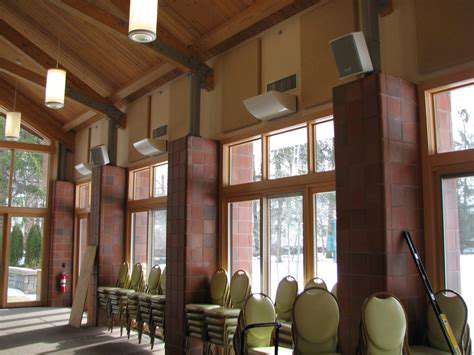
Understanding Sound Transmission
Sound moves differently through various materials. Knowing how sound travels helps target problem areas for maximum noise reduction. Dense materials like concrete block sound better than thin walls.
Choosing the Right Materials
Acoustic panels absorb echoes effectively. Placing them strategically creates noticeable quiet zones in noisy rooms. For walls, fiberglass insulation works well to muffle sounds between spaces.
Improving Structural Integrity
Sealing gaps around windows and doors prevents sound leaks. Even small cracks can let in surprising amounts of noise. Proper sealing makes other soundproofing efforts more effective.
Optimizing Room Design
Furniture placement affects sound quality. Bookshelves against walls and rugs on floors naturally dampen noise. Thoughtful arrangement creates better acoustics without expensive renovations.
Considering Noise Sources
Identifying specific noise problems leads to better solutions. Is it street noise? Household sounds? Knowing the source helps choose the right soundproofing approach.
Creating a Calming Atmosphere: Beyond Darkness and Silence
Creating a Calming Atmosphere: Beyond the Basics
True calm comes from multiple senses working together. While darkness and quiet help, adding comforting textures and scents creates deeper relaxation. The right combination feels like a protective cocoon.
Natural Elements for a Calming Space
Plants do more than look nice - they clean air and connect us to nature. Even one healthy plant can improve a room's atmosphere. Small water features add soothing natural sounds.
The Power of Color Psychology
Soft blues and greens naturally relax the mind. These cool tones mimic nature's calming palette. Avoid bright reds or oranges that can feel energizing instead of restful.
Texture and Tactile Experiences
Soft blankets and plush rugs comfort both body and mind. Different textures engage the senses in gentle, relaxing ways. Quality fabrics make spaces feel more inviting.
Sound and Lighting Strategies
Gentle background sounds mask jarring noises. Nature recordings or soft music at low volume work well. Warm, dim lighting completes the peaceful atmosphere.
Mindful Organization and Decluttering
Clear spaces promote clear minds. Organized rooms feel more serene automatically. Simple storage solutions maintain order with minimal effort.
Maintaining Consistency: Making Your Sanctuary a Habit
Establishing a Routine
Regular habits strengthen your sanctuary's effectiveness. Set specific times for dimming lights and reducing noise. Consistent patterns train your brain to associate these actions with relaxation.
Optimizing Your Environment
Small improvements add up over time. Blackout curtains, comfortable bedding, and proper temperature control all contribute. Each adjustment makes your space more migraine-friendly.
Cultivating a Mindset of Quiet
Relaxation begins in the mind. Daily stress management makes it easier to unwind in your sanctuary. Simple breathing exercises can quickly shift your mental state toward calm.
